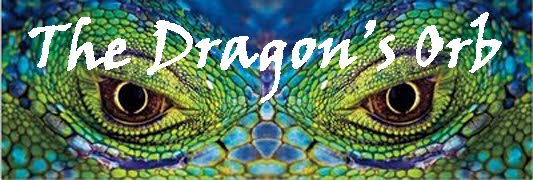This is the second shot that Mike (white pants)and I (black pants) took this week. We are working slow, minimal energy and relaxed. We are giving each other a pretty tough puzzle though - the constantly recovering person. Here mostly we are focusing on breaking the person down their weak lines and when they make a recovery step to correct for the distortion in their balance, we break them again. We find 2-4 decent balance breaks makes an unrecoverable kuzushi (structure crumbling) chain.
Another point of interest to look for is the difference in Mike's and my foot techniques. Mike's strategy is not to throw with the sweeps, but to change my recovery of few inches from where I am expecting to have my feet land. That caused enough postural distortion that the next movement was a structure collapse. My sweeps tended to be a bit more decisive towards the tsukuri-to-kake idea, but looking at it, Mike's strategy seems to maintain a softer edge.
Watching the film, another thing I would like to point out is the relaxed zanshin - or remaining energy. Notice how even between throws we are keeping an eye on each other and moving in a way to always face each other. Zanshin does not always have to burn a hole in each other, but this is one long engagement. We never disconnect our focus. There are a few times we almost turn our backs to our partner, but you will notice we are watching intently from the corner of our eyes. Also notice how me manage distance as our partners are getting up. We are playing loose and relaxed here, but the attention does not lag. We are monitoring at all times.
Unless we are working on something specific in our dojo, we do not have any stylized attack or beginning attack distance. It is an interaction of management of one another. Nothing is prescriptive, only reaction to circumstance. An attacker tries to come up with novel problems. The receiver of the attack merely moves and connects, and starts working angles. A partner has permission to attack at any time during practice, which is why me maintain focus. In our films you will regularly see people getting attacked while standing back up if they are not paying attention. Even in this film, Mike thought an engagement may have been over, so he stood back up right into a foot technique trap. Any time we see a hole in focus we always continue to work a connection.
A final thing to point out, which is related to zanshin. Notice how we monitor our position after the throw. As the guy on the ground we have permission to continue the attack from the ground if we can. If we can grab our partner's legs, or entangle him in some way, we almost always do. If you build these factors into your play, you will find that students will use better strategies, distances and angles naturally.
Subdue the Tiger Post Standing
1 day ago







good good -- beautiful work again-- i can see you working on stretching out the engagement and closing in on the tighter footwork -- for fun might experiment with working progressively slower and lighter-- dialing it in to optimal feedback-- from regular speed to half or quarter speed or even slower (the slower you go, the more you know) and from foot pounds of pressure to ounces to the feeling of petting a cat or holding a baby (notice the relationship of speed and pressure) --
ReplyDelete